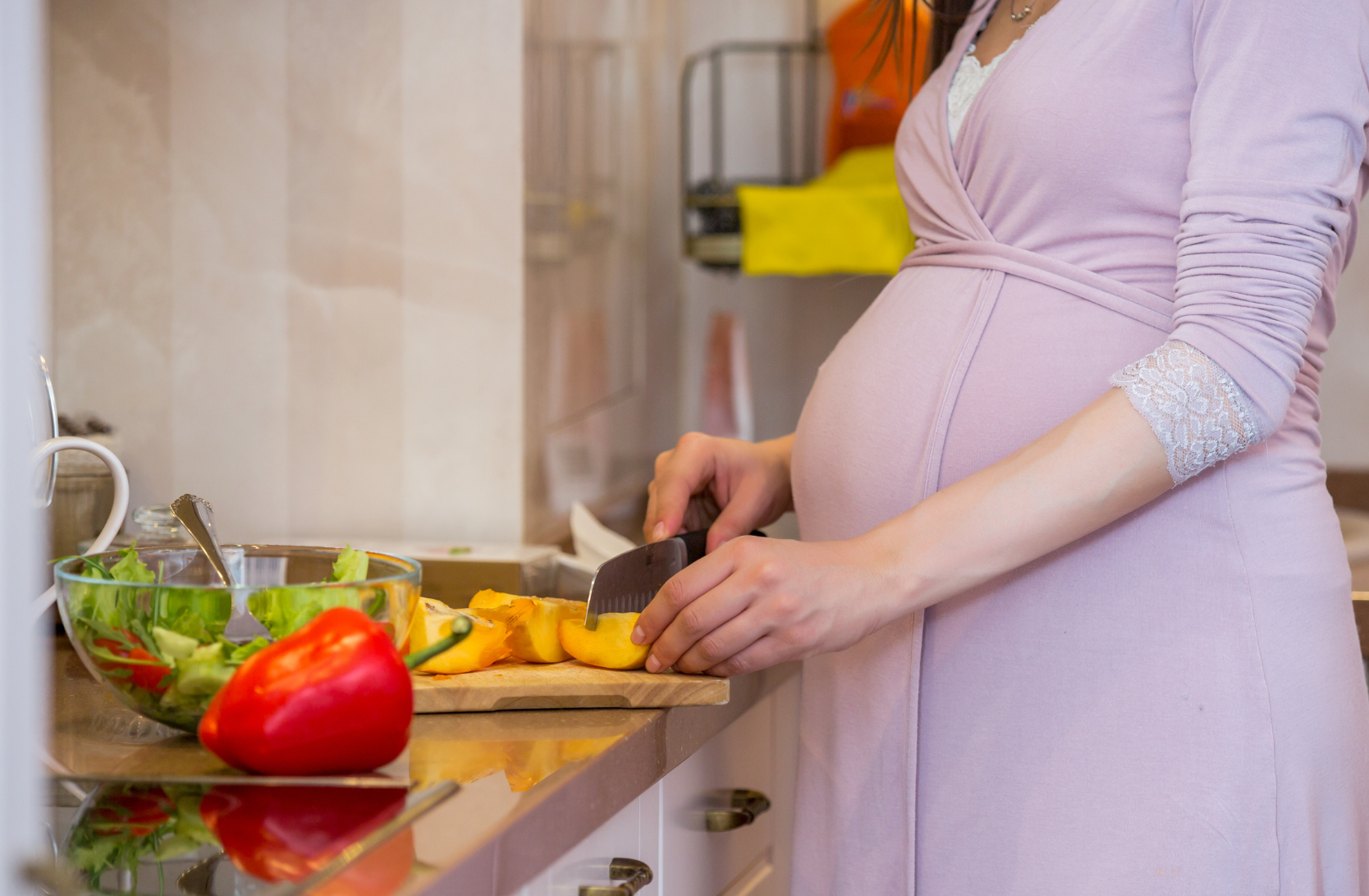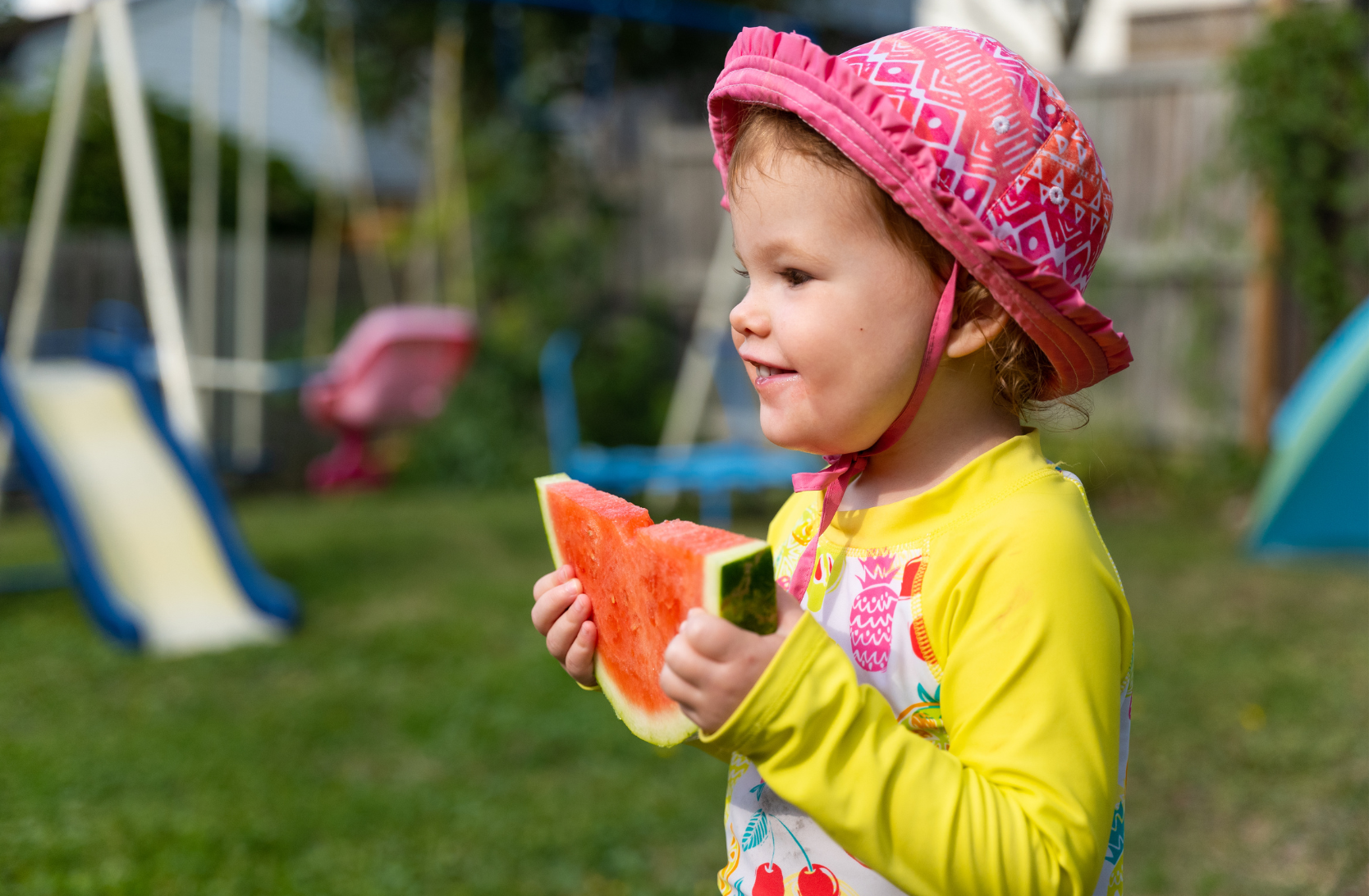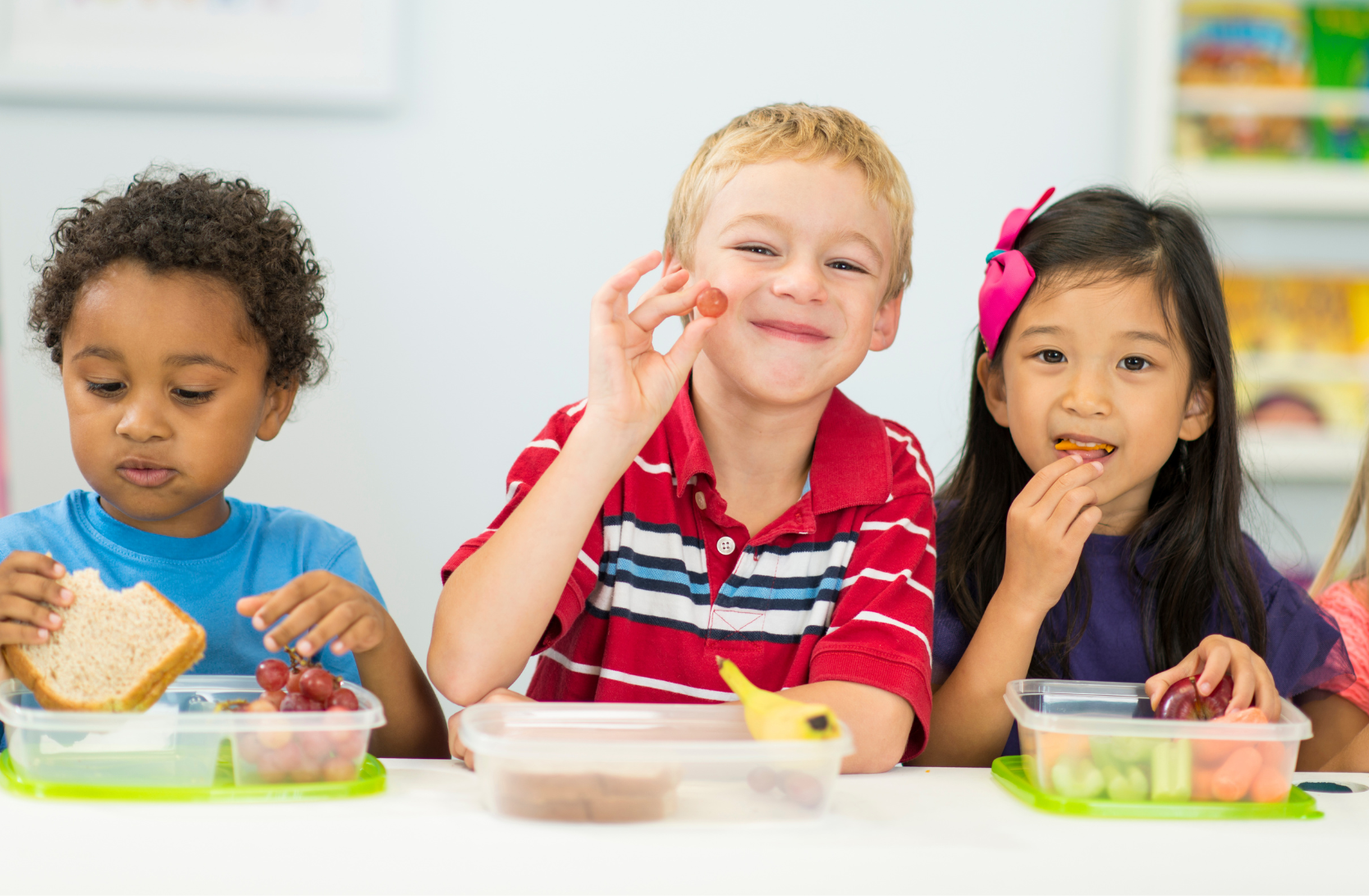Food and Eating for Every Life Stage
Choosing a variety of foods when you are pregnant has many benefits:
- It can help your baby grow and be healthy
- It provides you with energy
- It lowers your chance of having health problems, such as low iron
Visit Healthy Eating for a Healthy Baby for more information on eating in pregnancy.
Breastmilk is the only food your baby needs for the first 6 months of their life. The longer you breastfeed, the more benefits you and your baby get. Learn more on our breastfeeding page.
Infant Formula: What You Need to Know provides information if you have made the decision to feed your baby infant formula. For more information, visit our infant formula webpage.
Vitamin D:
- Infants who are only fed breastmilk should get a vitamin D supplement of 400 IU every day, until they are 2 years old.
- Infants who are fed both breastmilk and infant formula should get a vitamin D supplement of 400 IU every day, until they are 2 years old.
- Infants who are fed formula do not need a vitamin D supplement. The formula provides enough vitamin D.
You can start giving solid food when your baby is six months old and showing signs they are ready to eat. It is important to follow your baby's signs of readiness.
Your baby is ready for solid foods when they:
- Hold their head up steadily
- Can sit up and lean forward
- Open their mouth wide when you offer food
- Can pick up food and try to put it in their mouth
- Can show signs that they are full (such as turning their head away)
Your baby's first foods should be iron-rich foods. For more information, visit this guide to feeding your baby solid foods.
Your child is learning how to eat and is starting to develop their own food preferences. You can help them by dividing up the feeding responsibilities.
You decide what foods to offer, when to offer meals and snacks, and where your child will eat.
Trust your child to decide which foods and how much to eat.
Learn more about the role of the parent or caregiver and child in feeding here.
Follow these tips when feeding your child:
- Provide a meal or snack every two to three hours
- Seat your child at the table without TV, tablets or toys
- Let your child decide how much or how little to eat
- Allow your child to say “no thank you” or “more please”
- Let your child feed themselves
- Let your child leave the table when they are full (20-30 minutes is long enough)
- Eat together as a family whenever possible
10 Tips to help your child have a positive relationship with food and their body.
If you are worried about your child’s eating habits, talk to a dietitian, to a public health nurse, or to your health care provider.
Children grow and develop at different rates. Overall growth patterns are more important than height or weight at any one time. Help your child feel good by focusing on their strengths and abilities, instead of their appearance. Read our new resource, 10 Tips for helping your child have a positive relationship with food and their body.
Learn about packing lunches for school in School Lunches Your Kids Will Munch.
















